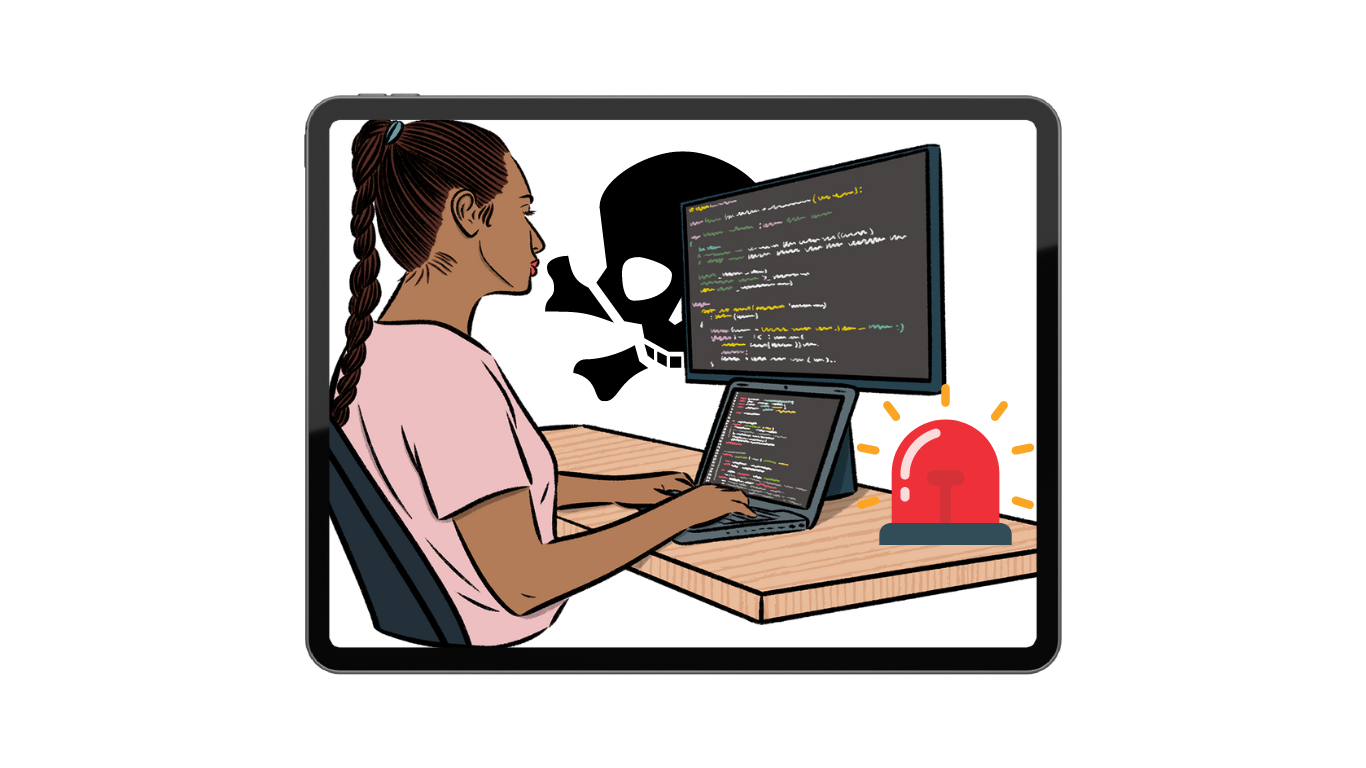The Most Dangerous Trends Facing Software

Several emerging software trends present significant dangers, primarily related to security, privacy, and ethical concerns. Here are some of the most pressing trends:
Ransomware and Malware-as-a-Service
- Ransomware: Increasingly sophisticated ransomware attacks are targeting businesses and individuals, encrypting data and demanding payment for its release.
- Malware-as-a-Service (MaaS): The rise of MaaS platforms allows even non-technical criminals to launch malware attacks by renting malware tools and services from underground markets.
-
AI and Machine Learning Exploits
- Adverse AI: Malicious actors can manipulate AI models through adversarial attacks, leading to incorrect outputs/decisions.
- Deepfakes: AI generated deepfakes can create realistic but fake videos and audio, leading to misinformation, fraud, and damage to reputations.
-
Internet of Things (IoT) Vulnerabilities
- Insecure IoT Devices: Many IoT devices lack robust security measures, making them easy targets for hackers to exploit personal data.
- Privacy Concerns: The proliferation of IoT devices increases the risk of constant surveillance and data breaches.
-
Cloud Security Risks
- Data Breaches: Poorly configured cloud storage and inadequate access controls can lead to significant data breaches.
- Supply Chain Attacks: Attackers target cloud service providers to compromise multiple downstream customers.
-
Cryptocurrency and Blockchain Exploits
- Cryptojacking: Unauthorized use of devices to mine cryptocurrency, which leads to performance degradation and higher energy costs.
- Smart Contract Vulnerabilities: Flaws in smart contracts can be exploited, leading to financial losses and legal disputes.
-
Social Engineering and Phishing
- Sophisticated Phishing Attacks: Increasingly realistic and targeted phishing attacks exploit human vulnerabilities, promoting credential theft and malware infections.
- Social Engineering: Techniques like pretexting (fake stories) and baiting are becoming more advanced, tricking users into revealing sensitive information.
-
Privacy Invasion
- Data Harvesting: Companies and apps collecting excessive amounts of personal data, often without clear user consent.
- Surveillance Software: Growth in surveillance software used by governments and corporations raises concerns about privacy; the little we have left.
-
Quantum Computing Threats
- Encryption Breaking: Future advances in quantum computing could render current encryption methods obsolete, threatening data security.
- Quantum-Resistant Algorithms: Lack of preparedness for quantum-resistant cryptographic methods could expose systems to future risks.
-
Autonomous Systems Risks
- Self-Driving Cars: Vulnerabilities in the software of autonomous vehicles could be exploited, leading to accidents and loss of life.
- Drones: Increased use of drones for delivery and surveillance poses security risks if their control systems are hacked.
-
Software Supply Chain Attacks
- Third-Party Components: Compromising widely-used third-party components or libraries can have a cascading effect on multiple organizations.
- Code Injection: Attackers insert malicious code into software during development or updates.
-
Evolving Regulations and Compliance Challenges
- Regulatory Compliance: Remaining compliant with evolving data protection regulations (e.g., GDPR, CCPA) can be challenging and costly.
- Cross-Border Data Transfers: Legal complexities surrounding data transfers across different jurisdictions pose risks for global companies.
Risk Reduction Strategies
- Regular Updates: Keep all software, including third-party components, up to date with the latest security patches.
- Robust Security Practices: Implement strong security measures, including multi-factor authentication, encryption, and regular security audits.
- User Education: Continuously educate users about the latest threats and safe online practices.
- AI and Machine Learning Security: Develop and deploy AI with security and ethical considerations in mind, including robust testing against adversarial attacks.
- Comprehensive Data Protection: Adopt comprehensive data protection policies and ensure compliance with relevant regulations.
By staying informed about these dangerous trends and implementing proactive measures, we can better protect ourselves.